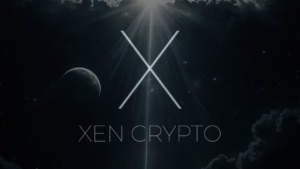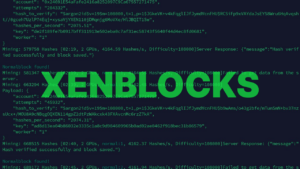XEN Crypto is a token that starts with a zero initial supply, which means that there are no team members pre-minting tokens and all the available supply comes into existence from the actions of individuals like you. Anyone can mint XEN for free by connecting their Ethereum wallet and claiming their rank first. XEN ensures the widest possible distribution. However, many are asking what stops someone from creating hundreds of separate Ethereum addresses and minting lots of XEN for themselves. The answer is “nothing”, and we explain here how that influences the distribution, the supply, and the price.
XEN minting
To understand XEN, it’s good to go through some tokenomics to familiarise yourself with all the aspects of the minting process. XEN can be minted by anyone by connecting their Ethereum wallet to the XEN dapp. The only thing you need is some ETH to pay for the gas fees to claim the rank and then mint your XEN. When you claim rank, you need to type in how many days you want to wait before you’re ready to mint XEN. Initially, the allowed free mint term is up to 100 days, but once 5,000 addresses have sent the claim transaction, this period extends and people are allowed to extend their wait time to mint more XEN. The gas fee should range between $2 and $15, depending on how much the Ethereum network is used. Being early to XEN and waiting for longer periods of time produces more tokens.
There are no limitations on how many addresses someone may use to claim their rank. In fact, it’s almost certain that people will claim rank with multiple addresses or that they will do it every day. There are reasons, though, why this may not be as bad as it seems. Here’s why.
XEN bulk minters
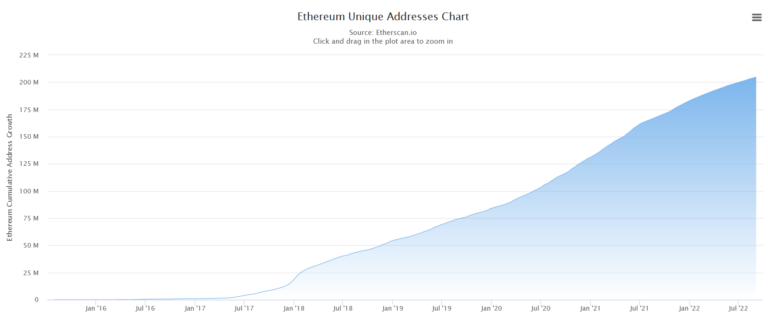
People claiming their rank with 1,000 addresses means that they will need to pay gas fees for all of these transactions. If a gas fee is $2, then that would be $2,000. No one can say if XEN will ever be worth anything, so they’d be spending more than they’d get back. But if the XEN price is higher than this, all these claims will increase the global rank for every other user out there and make them mint more tokens. It’s also true that there are penalties for exceeding the agreed-upon time limit. If someone misses on minting his XEN, they’ll slowly lose up to 99%. The remaining 1% can always be minted. When you mint XEN, you pay another gas fee, so for someone with 1,000 addresses, that would add another $2,000 to the transactions. When you go to sell your XEN, you at least want to get back what your cost of minting and claiming was, and you likely won’t put your XEN on sale for less than the gas price. This could create positive price pressure.
Metcalfe's law
People with multiple addresses will make a lot of network traffic, which will be reported on Etherscan. This will bring in even more users to the network while also raising the global rank of each participant and giving them more XEN.
The XEN smart contract is open source and immutable; there are no admin keys, and there’s no team having control over anything, so there’s really no way to limit the number of addresses that one person can use to mint. Ultimately, the network will grow, and that is beneficial for everyone. The Metcalfe’s law states that the value of a network is proportional to the square of the number of connected users, or, in other words, that price is the function of the number of users.
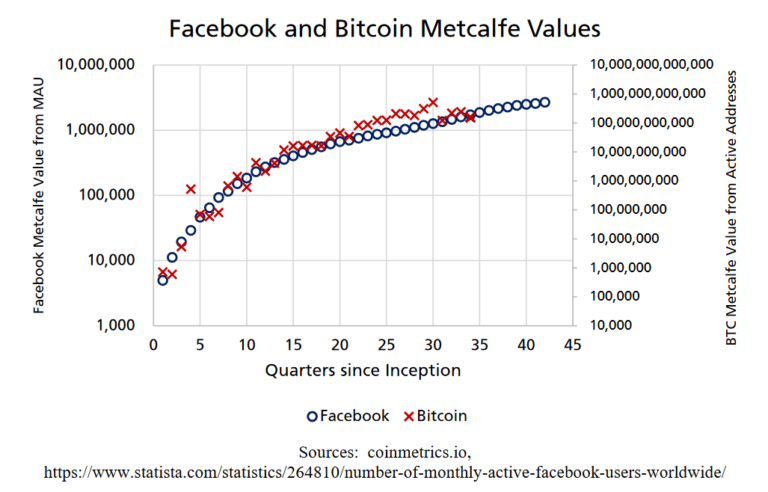
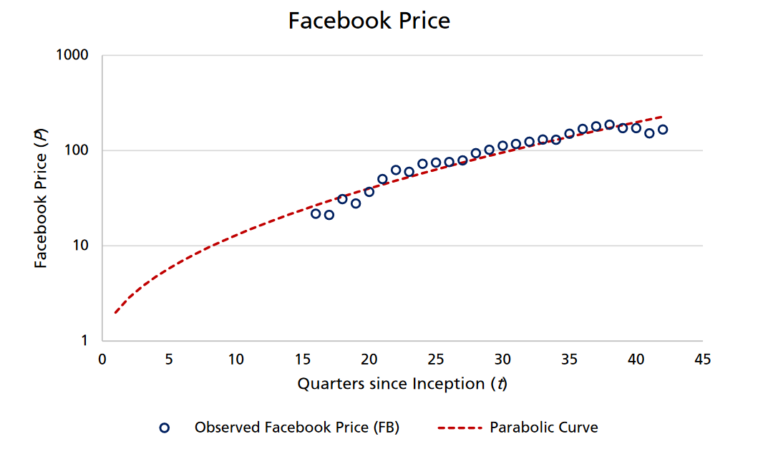
The Value of XEN vs users
There is a relationship between price, the number of users, and time, and it can be seen in Internet, Facebook, and Bitcoin, and it will most likely be seen in XEN as well. In the above-mentioned networks, the long-term growth rate of users had a considerable effect on their long-term prices. In Bitcoin, price changes tend to be highly correlated with changes in the number of addresses, nodes, active addresses, unique addresses, and transaction activity. Metcalfe’s law is a good predictive model for estimating a network’s value, and if applied to XEN, it means that the network effect has the potential to send XEN to follow the parabolic curve of other world-scale networks.





